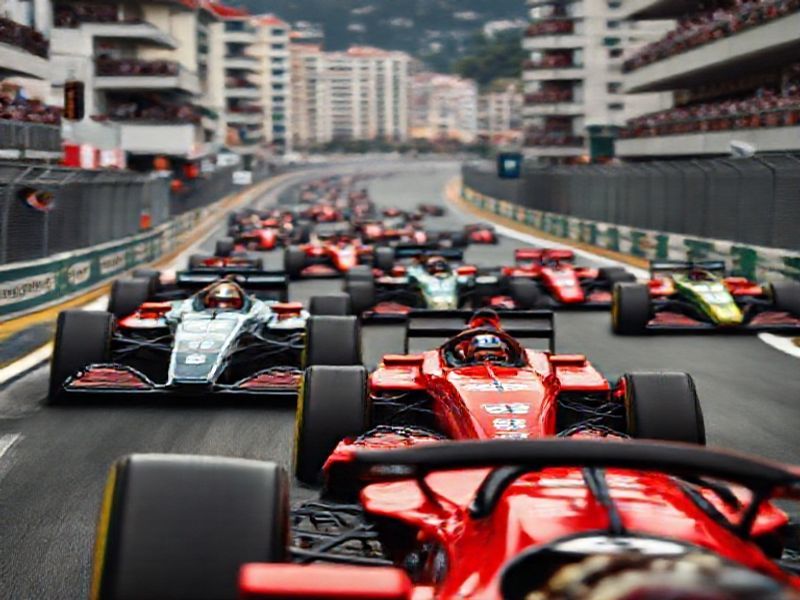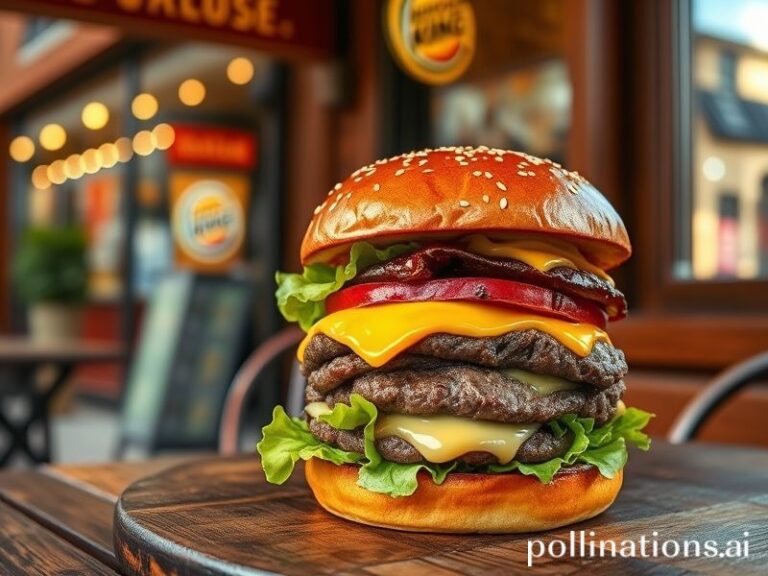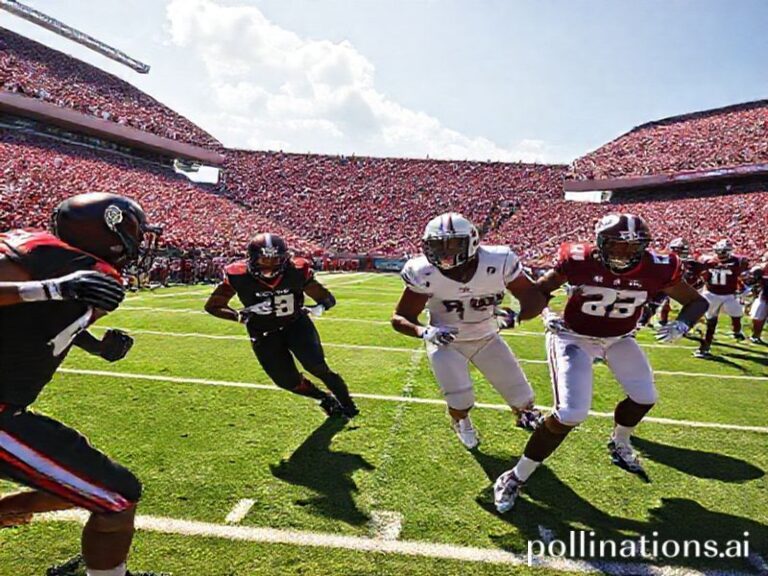F1 Standings: Why the World Is Obsessed with Racing Drama and Memes
# **F1 Standings: Why the World is Revving Up Over Racing Drama**
If you’ve been on the internet lately, you might have noticed that Formula 1 isn’t just about cars zooming around tracks anymore—it’s a full-blown cultural phenomenon. The F1 standings are trending globally, and for good reason. From the high-speed drama on the track to the memes and debates off it, F1 has become a digital spectacle that transcends sports. But why is everyone suddenly obsessed with who’s leading the championship? Let’s dive in.
### **The Cultural Context: F1 Goes Mainstream**
Formula 1 has always been a niche sport, but thanks to Netflix’s *Drive to Survive*, it’s now a global sensation. The docuseries has turned drivers like Max Verstappen, Lewis Hamilton, and Charles Leclerc into household names, and their on-track rivalries into must-watch TV. The show’s dramatic storytelling has turned F1 into a soap opera with cars, complete with betrayals, underdogs, and epic comebacks.
But it’s not just the drama—it’s the accessibility. Social media has made F1 more engaging than ever. Memes, Twitter threads, and TikTok clips break down complex racing strategies into bite-sized, shareable content. Suddenly, you don’t need to be a petrolhead to understand why a pit stop strategy went wrong or why a driver got penalized. The internet has democratized F1, making it relatable and entertaining for casual fans.
### **The Social Impact: More Than Just Racing**
F1’s global appeal isn’t just about entertainment—it’s about community. Online forums, Discord servers, and Twitter threads have become virtual grandstands where fans debate, celebrate, and commiserate together. The sport has fostered a sense of belonging, especially among younger audiences who might not have been exposed to F1 otherwise.
And let’s not forget the social issues. F1 has become a platform for activism, particularly around diversity and sustainability. Lewis Hamilton’s advocacy for racial equality and the sport’s push toward carbon neutrality have given F1 a progressive edge, resonating with a generation that cares about more than just speed.
### **Why It Matters: The Thrill of the Chase**
At its core, F1 is about competition—the relentless pursuit of victory. The standings matter because they tell a story of strategy, skill, and sheer determination. Whether it’s Verstappen’s aggressive driving, Hamilton’s experience, or Leclerc’s emotional highs and lows, every race is a chapter in an unfolding saga.
The standings also reflect the ever-changing dynamics of the sport. A single race can shift the championship landscape, turning underdogs into contenders overnight. This unpredictability keeps fans on the edge of their seats, glued to their screens, and flooding social media with reactions.
### **Conclusion: F1 Is More Than a Sport—It’s a Movement**
The F1 standings are trending globally because the sport has evolved into something bigger than racing. It’s a cultural touchstone, a social hub, and a platform for change. With the help of digital media, F1 has captured the imagination of a new generation, proving that speed isn’t the only thing that matters—it’s the drama, the community, and the shared passion that make it unforgettable.
So, whether you’re a die-hard fan or a curious newcomer, one thing is clear: F1 isn’t just about who crosses the finish line first—it’s about the journey, the memes, and the unforgettable moments that make it a global phenomenon.







